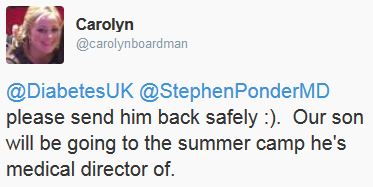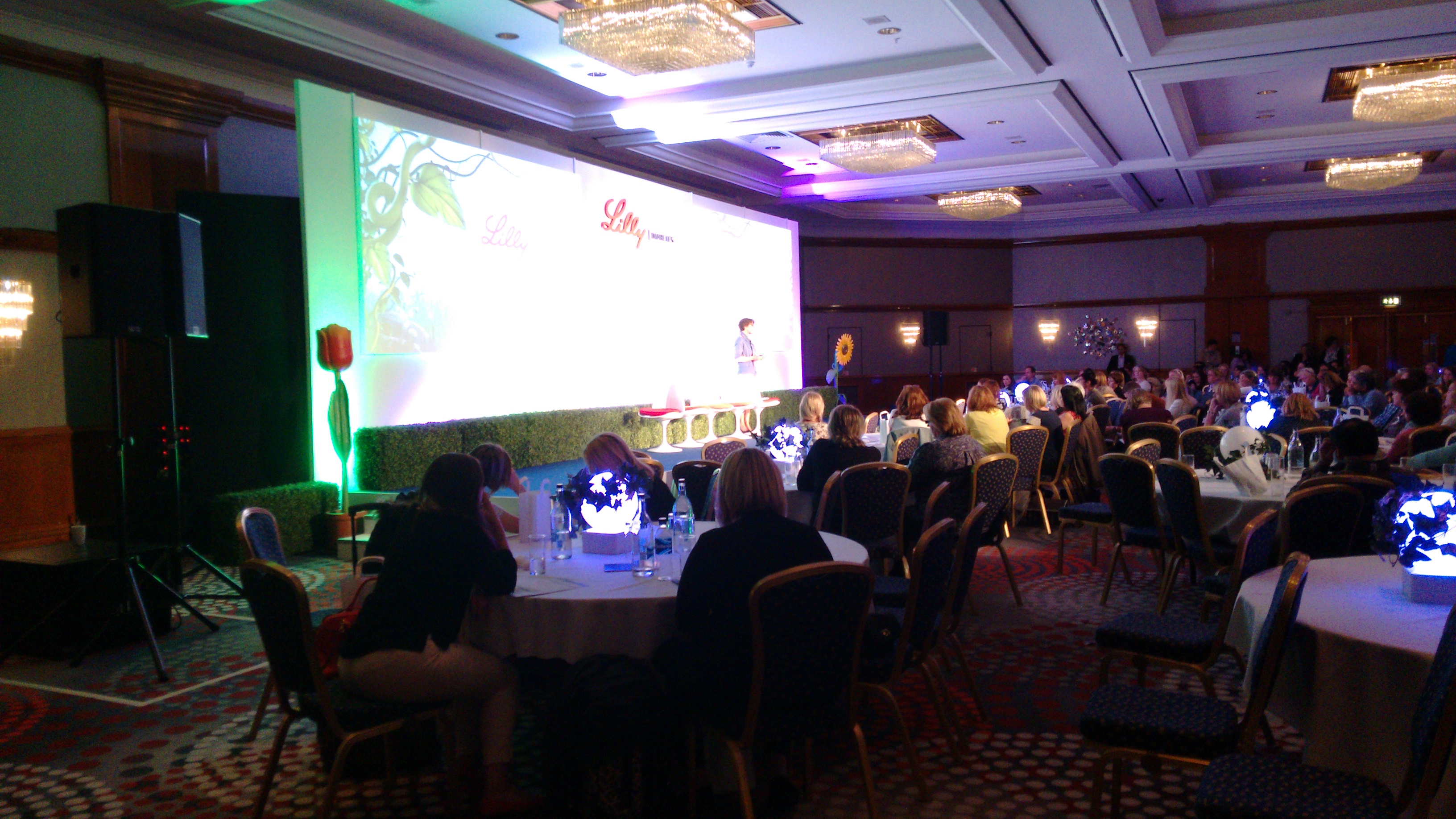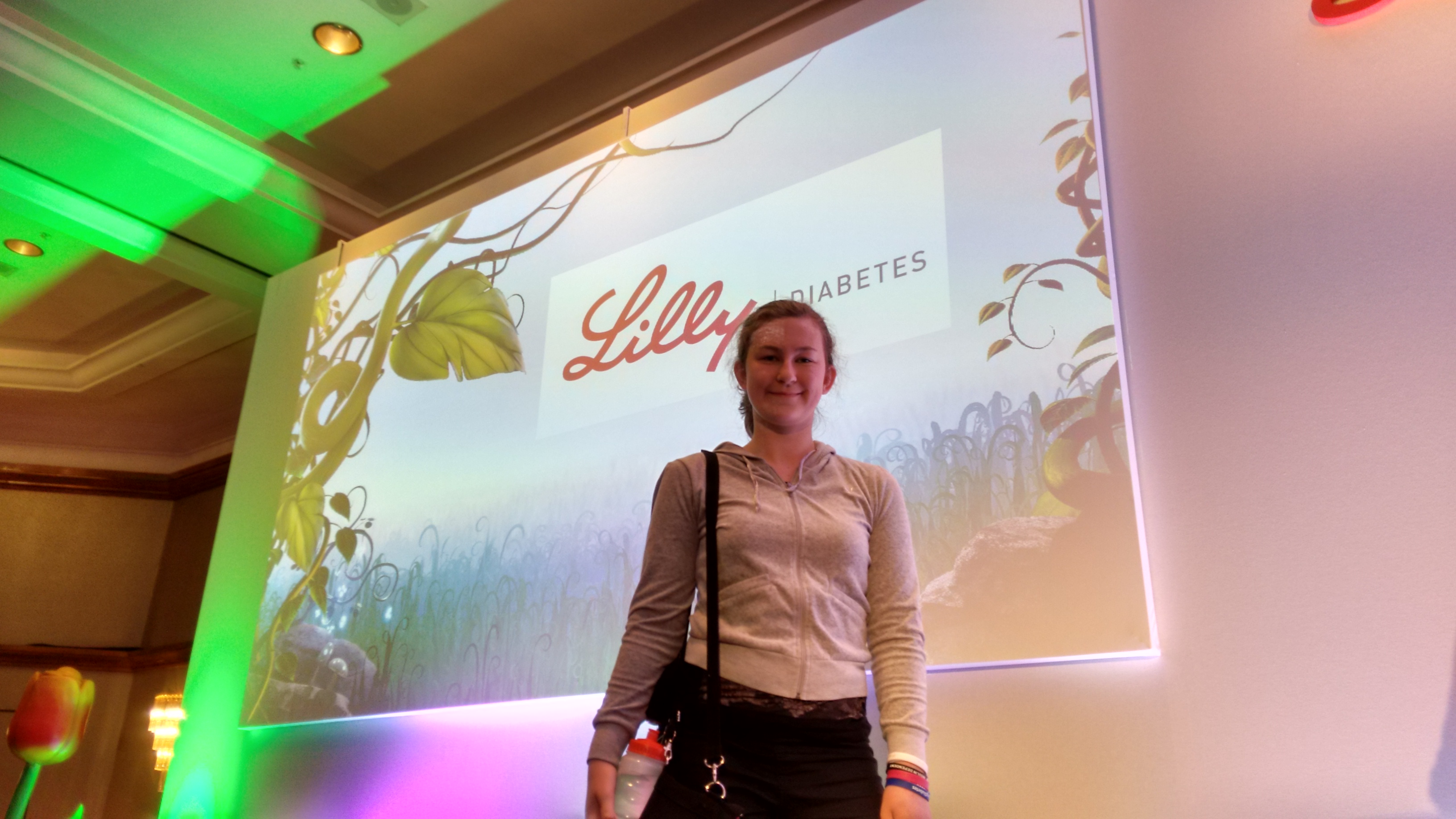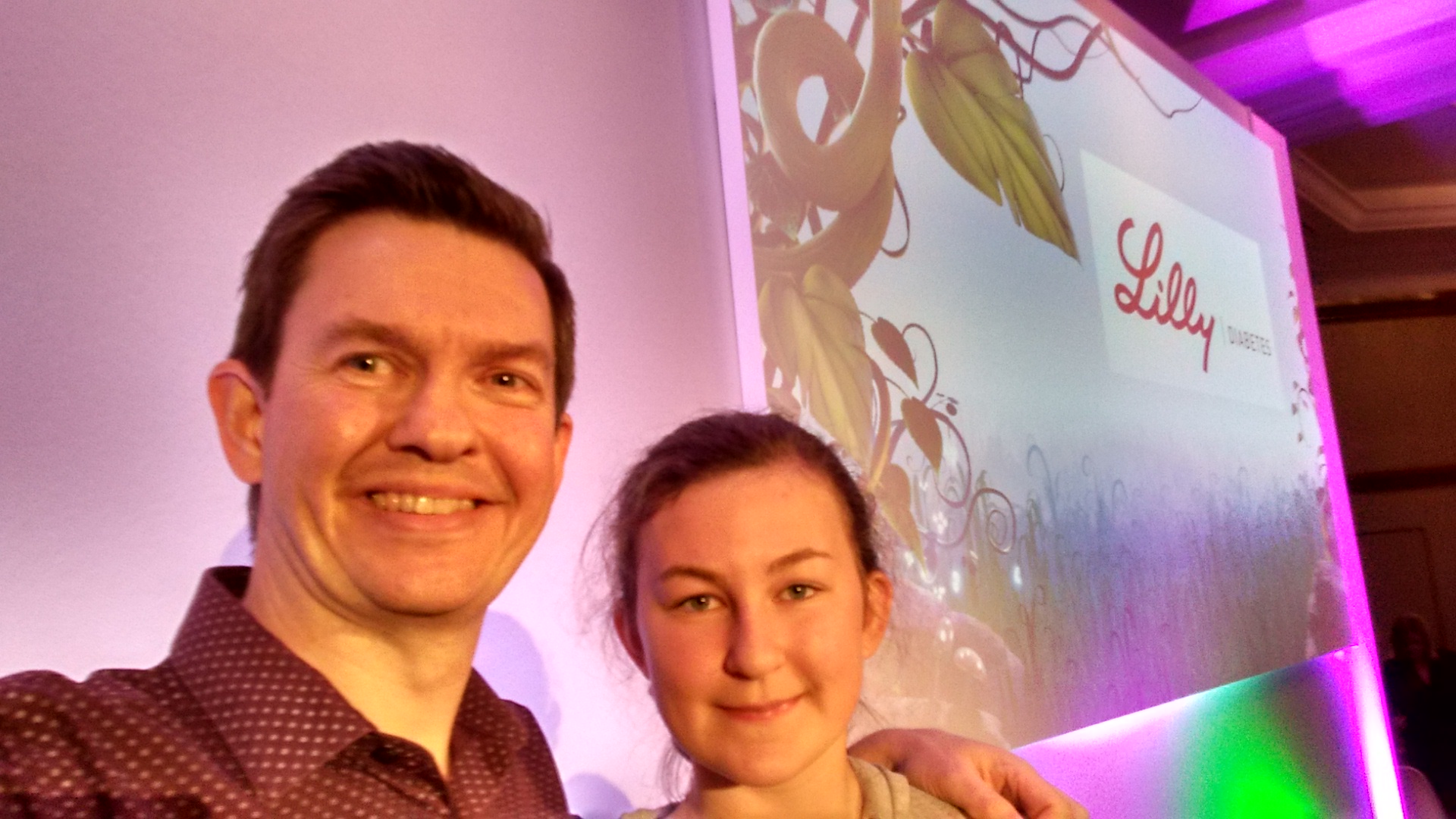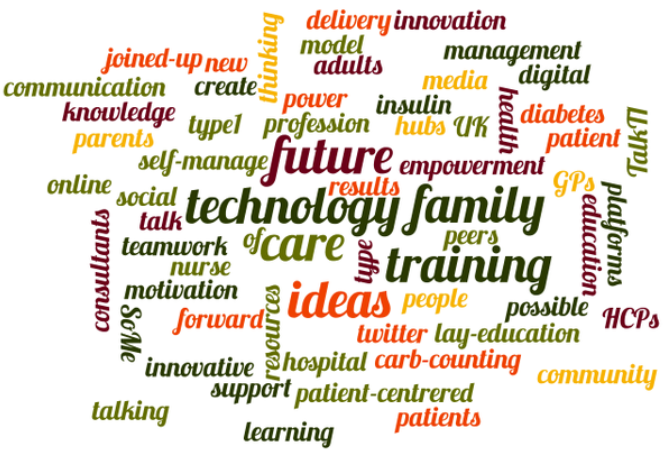 From a small seed of an idea Dr Partha Kar has created something which has grown so well, so quickly and has so much potential to bloom into something great. He suggested a day where some of the UK’s top Diabetes professionals would gather together and talk about Type 1 and come up with ideas how to deliver care for it better. They responded in droves, pretty much everyone said yes and a date was agreed, Saturday 16th January.
From a small seed of an idea Dr Partha Kar has created something which has grown so well, so quickly and has so much potential to bloom into something great. He suggested a day where some of the UK’s top Diabetes professionals would gather together and talk about Type 1 and come up with ideas how to deliver care for it better. They responded in droves, pretty much everyone said yes and a date was agreed, Saturday 16th January.
Now, I feel like I’m quite the working professional, I take work home, I do work out of hours, I read my work emails and reply on days off, but if asked whether I wanted to forego some quality family weekend time and lock myself in a room with like-minded individuals I know what my answer would be. No. Perhaps I should let Jeremy Hunt know just how dedicated these people are.
An honour of an invite
Partha wanted the attendees to hear the experiences, hopes, fears and wishes from people with Type 1 and from a parent of a child with Type 1. Now why he asked me to speak I’ll never know, there’s far more eloquent speakers out there, people who don’t dislike public speaking. In truth I thought there would be only be a handful of locals there so I accepted the invite but on the day before when Partha started tweeting the list of people attending I started getting nervous. As if people like Dr May Ng, Dr Pratik Choudary, Dr Mayank Patel and Chris Askew (CEO of Diabetes UK) weren’t big enough names already also in attendance were Dr Fiona Campbell, Professor Simon Heller and Dr Alistair Lumb. The evening before Professor Jonathan Valabjhi and Samantha Jones also delivered presentations but unfortunately they weren’t there on the Saturday.
That’s quite a list and that’s just a few of the many, many more who gave up their time to help drive Type 1 care forward.
Experience of people/carers with Type 1
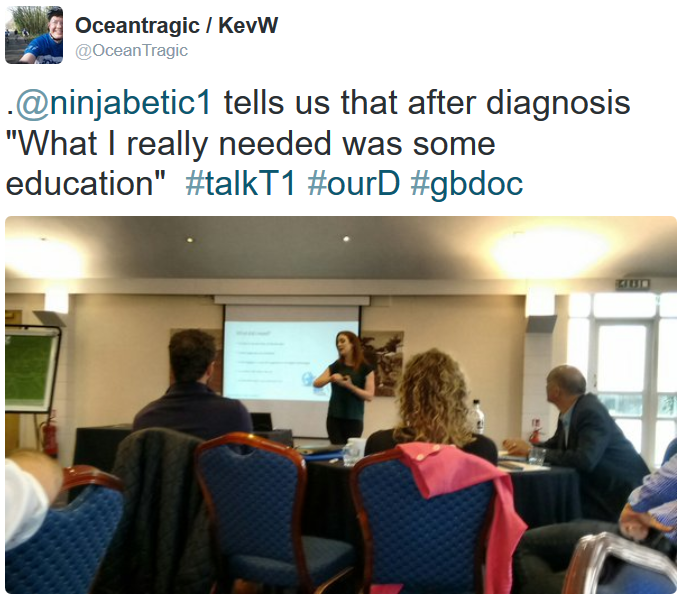 My nerves were settled a little being amongst friends with Mike (@everydayupsdwns) and Laura (@ninjabetic1), as well as Jens (@dcarefinder).
My nerves were settled a little being amongst friends with Mike (@everydayupsdwns) and Laura (@ninjabetic1), as well as Jens (@dcarefinder).
Then I found out I was on first, crikey!
I’ll detail my presentation in the next blog.
Laura followed me and I was so pleased to see some of the same issues highlighted. Laura is a great speaker with a story both sad and shocking but told with humour. The post diagnosis feeling of ‘what I needed was some education’ felt so inline with our own experience and became quite a focus of the sessions later. Personally I find it’s so easy to listen to Laura speak so if you’ve not had the pleasure yet I suggest you seek out her next presentation.
 Jens from Diabetes Carefinder was up next and spoke about how care is so disjointed, we certain care being here, certain care being there and generally leaving the PWD like they are being here, there and everywhere. Jens has highlighted the need to see which services are offered by which practice too as it turned out he was going miles to get a service which could be delivered effectively next-door. It all seemed a bit mad when he explained it but being the parent of a child with Type 1 it’s not something we experience that much.
Jens from Diabetes Carefinder was up next and spoke about how care is so disjointed, we certain care being here, certain care being there and generally leaving the PWD like they are being here, there and everywhere. Jens has highlighted the need to see which services are offered by which practice too as it turned out he was going miles to get a service which could be delivered effectively next-door. It all seemed a bit mad when he explained it but being the parent of a child with Type 1 it’s not something we experience that much.
 Mike was last, no doubt Partha was saving the best and all that. It was the first time I’d met Mike in person and it was no surprise to me what a lovely bloke he was, easy to get on with, eager to help and it turns out really good at presenting. Mike explained his involvement with the production of the most recent NICE guidelines which took years to produce. He explained the importance of the guidelines and I changed my view from one of ambivalence to one of thankfulness.
Mike was last, no doubt Partha was saving the best and all that. It was the first time I’d met Mike in person and it was no surprise to me what a lovely bloke he was, easy to get on with, eager to help and it turns out really good at presenting. Mike explained his involvement with the production of the most recent NICE guidelines which took years to produce. He explained the importance of the guidelines and I changed my view from one of ambivalence to one of thankfulness.
The legends set the scene
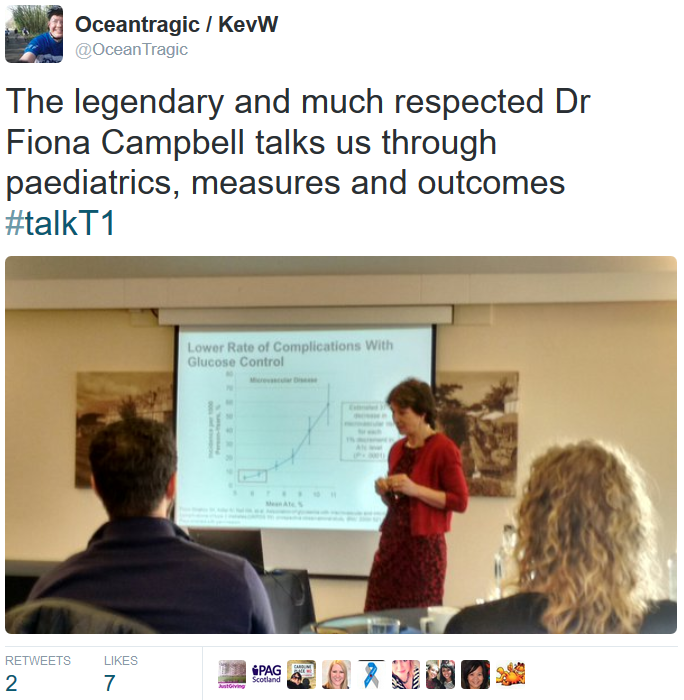 Professor Simon Heller and Dr Fiona Campbell each presented some great statistics, progress and thoughts setting the scene for what was to follow. Prof Heller explained about factors which affect poor UK outcomes and I was pleased to see the acknowledgement ‘poor availability and uptake of high quality structured training’. He concluded in the end that ‘we could do better’ which I thought was a little hard hitting to an audience of people who really care, but the nods in the audience confirmed they already knew it.
Professor Simon Heller and Dr Fiona Campbell each presented some great statistics, progress and thoughts setting the scene for what was to follow. Prof Heller explained about factors which affect poor UK outcomes and I was pleased to see the acknowledgement ‘poor availability and uptake of high quality structured training’. He concluded in the end that ‘we could do better’ which I thought was a little hard hitting to an audience of people who really care, but the nods in the audience confirmed they already knew it.
Dr Campbell spoke about improving care for patients and asked of the Doctors ‘if you don’t it for your patients who else will?’, a valid point they all knew. As someone who’s very engaged it’s often hard to remember that others sometimes don’t or can’t engage and that’s where the Doctors’ care is really needed.
The charts of complication rates Dr Campbell brought it home why it’s so important for all of us in the Type 1 community to do whatever we can to help whomever we can. Be it helping them to make sense of numbers, be it helping them to become the alleged BG-helicopter-parent that I am, be it giving them a smile or a joke when they’re struggling. We all can make that difference.
I could have listened to Dr Campbell all day, in fact I could have listened to all the presenters happily all day.
Delivering Type 1 care….but better
The afternoon saw the HCPs group into teams; 4 teams of around 6 or 7 people.
Partha set the challenge: for each team to dream up a new model of care, based the information all 6 presenters had given in the morning as well as they vast wealth of information they.
Dr Kar cleverly hand picked each team to contain people with different specialities and he handed each team a set of criteria and information about a fictitious population.
The 4 of us (Mike, Jens, Laura, me) were there to be asked questions by the teams so they could figure out adjustments to their new plan.
Let’s stop there for a minute, I guess you’re thinking that our viewpoints may not match or represent those of the wider community. You’re possibly right, I felt this pressure and I struggled to answer what I felt, as opposed to what I thought others might feel. I questioned why me, why should I be answering, I know my opinion is vastly different to many, but ultimately they wanted and needed some sounding boards for the day.
At the end of the day this was a game, but one with potentially great implications, one which proved there are great people with great ideas wanted to deliver a better service.
New care proposals
I won’t go into detail about the proposals as Partha will do that on his blog, so read and keep an eye on his blog.
Some great ideas I took from it was the desire to make it easier for people to receive the care they need, be it in a hospital or in the community.
Another one is the idea of modular education where you don’t have to commit to a whole week off work, or one day a week for several weeks, but that off being ablee to take the education module when it suits you.
Just one small hour
In reality there was just one hour for these new care model ideas to be proposed.
One hour.
Just imagine what they would be able to achieve in one day.
4 days on an I’m still buzzing
Four days later and I’m still thinking about the event, about what great promise it showed for a brighter future for my child and my friends.
I still am astounded by the sheer quantity of high-flying health care professionals Partha managed to get in the room that day and there desire to provide a better service.
Further reading
Check out Roz’s write up, Laura’s storify (inc lovely pictures of me LOL) and Laura’s write up.
Disclaimer and Thanks
As usual there’s nothing to disclaim from me, apart from the lunch and a couple of coffees.
No money could have equalled the honour I had of being there that day, of the opportunity to listen to some of the most respected Doctors in the Diabetes field.
Personally I got so much from the tweets about my presentation and the kindness showed by Dr Fiona Campbell and Dr Alistair Lumb chatting to me at the end about my presentation.
Well done Partha.
Well done everyone who attended.
Very well done indeed.


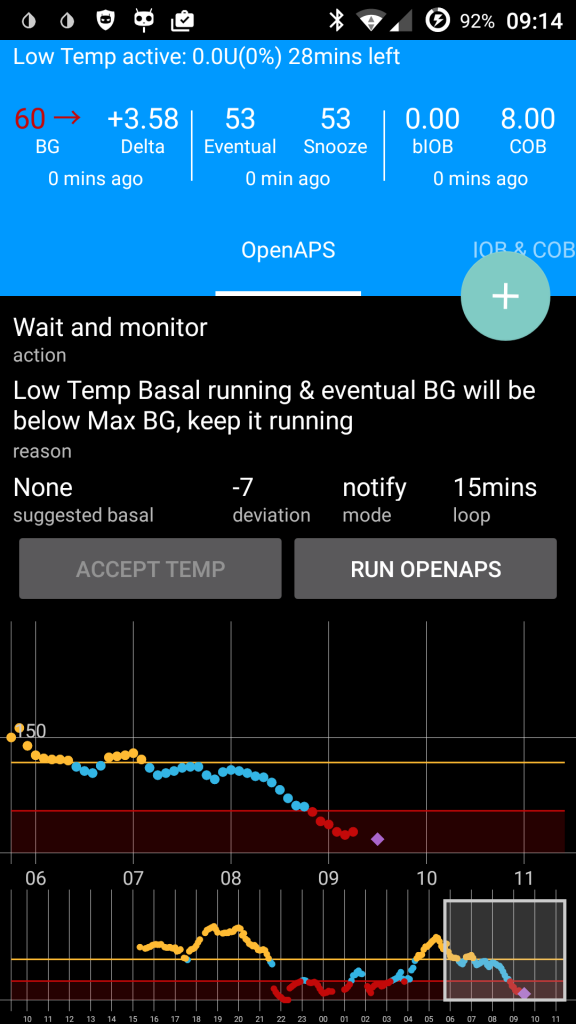
 Through INPUT Diabetes I got a chance to get to see the Palace of Westminster for the first time AND talk about diabetes tech to anyone prepared to listen. Two birds, one stone, what could have been better. Well actually I attended another great event afterwards too – blog coming soon – , so three birds, one stone, if that’s a thing.
Through INPUT Diabetes I got a chance to get to see the Palace of Westminster for the first time AND talk about diabetes tech to anyone prepared to listen. Two birds, one stone, what could have been better. Well actually I attended another great event afterwards too – blog coming soon – , so three birds, one stone, if that’s a thing.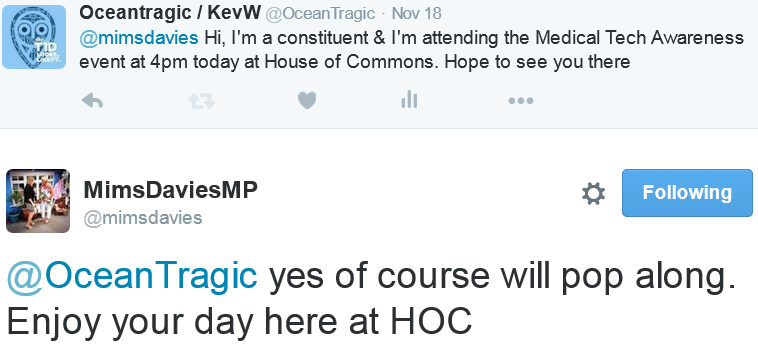


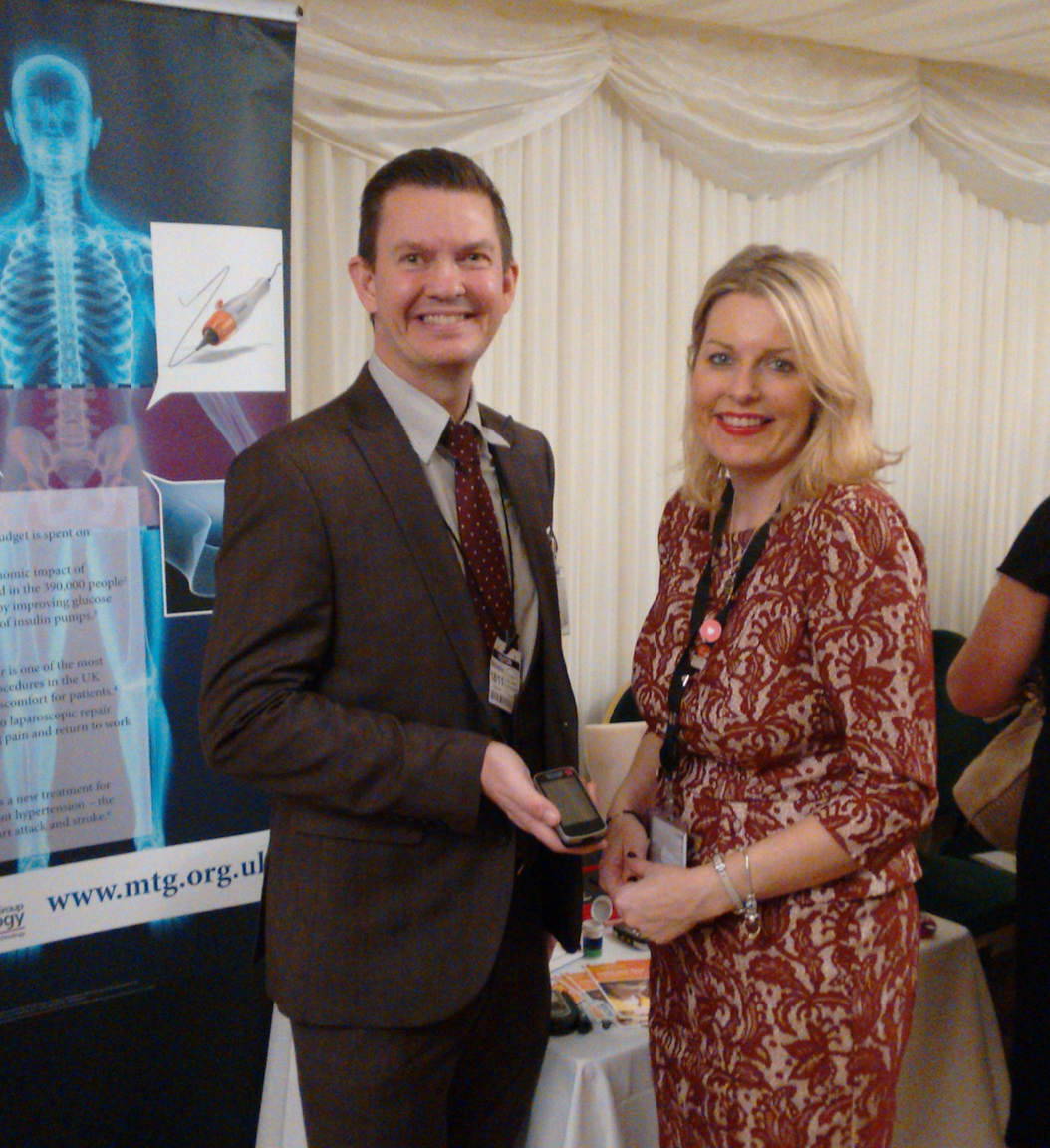 My MP, Mim Davies, returned for a chat and we spent a long time talking about the medical tech which is life changing for Amy, how we get some of it from the NHS and how we self fund CGM. I couldn’t help but show her Amy’s glucose readings on my Pebble watch and go into (probably too much) detail about how Nightscout is an unfunded parent driven group with 15000 worldwide families using Open Source software. Mim seemed quite impressed with the whole thing. We chatted in general about Type 2 Diabetes as through my research I knew Mim had recently met with Jamie Oliver about the sugar tax proposal and I mentioned that this would cost people with Type 1 Diabetes more as sugary drinks are also life saving medicine when hypo.
My MP, Mim Davies, returned for a chat and we spent a long time talking about the medical tech which is life changing for Amy, how we get some of it from the NHS and how we self fund CGM. I couldn’t help but show her Amy’s glucose readings on my Pebble watch and go into (probably too much) detail about how Nightscout is an unfunded parent driven group with 15000 worldwide families using Open Source software. Mim seemed quite impressed with the whole thing. We chatted in general about Type 2 Diabetes as through my research I knew Mim had recently met with Jamie Oliver about the sugar tax proposal and I mentioned that this would cost people with Type 1 Diabetes more as sugary drinks are also life saving medicine when hypo. This weekend saw Jane and I go away for the first time without the kids, celebrating Jane’s 50th birthday with a surprise weekend to Paris. Amy, Emilia and I had been planning this for ages, they were both happy to be left alone, probably happier than I was feeling about it if I’m honest. At almost 18 and almost 15 Emilia and Amy were more than capable of looking after themselves, Type 1 issues aside.
This weekend saw Jane and I go away for the first time without the kids, celebrating Jane’s 50th birthday with a surprise weekend to Paris. Amy, Emilia and I had been planning this for ages, they were both happy to be left alone, probably happier than I was feeling about it if I’m honest. At almost 18 and almost 15 Emilia and Amy were more than capable of looking after themselves, Type 1 issues aside.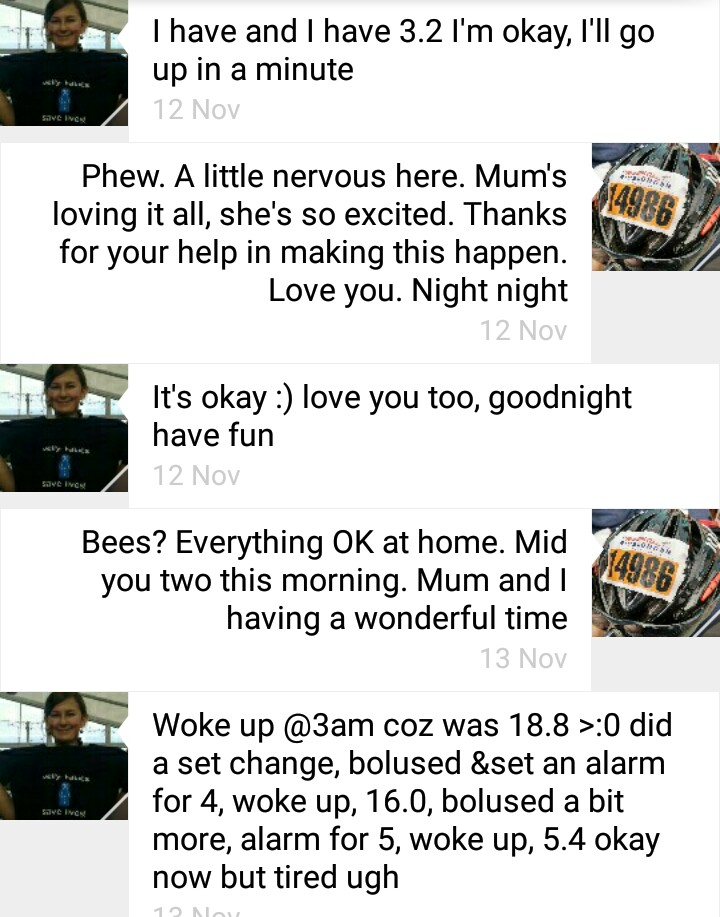
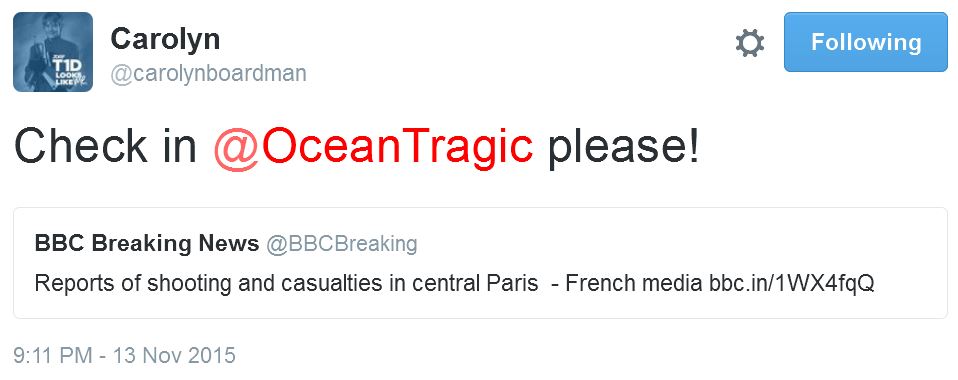



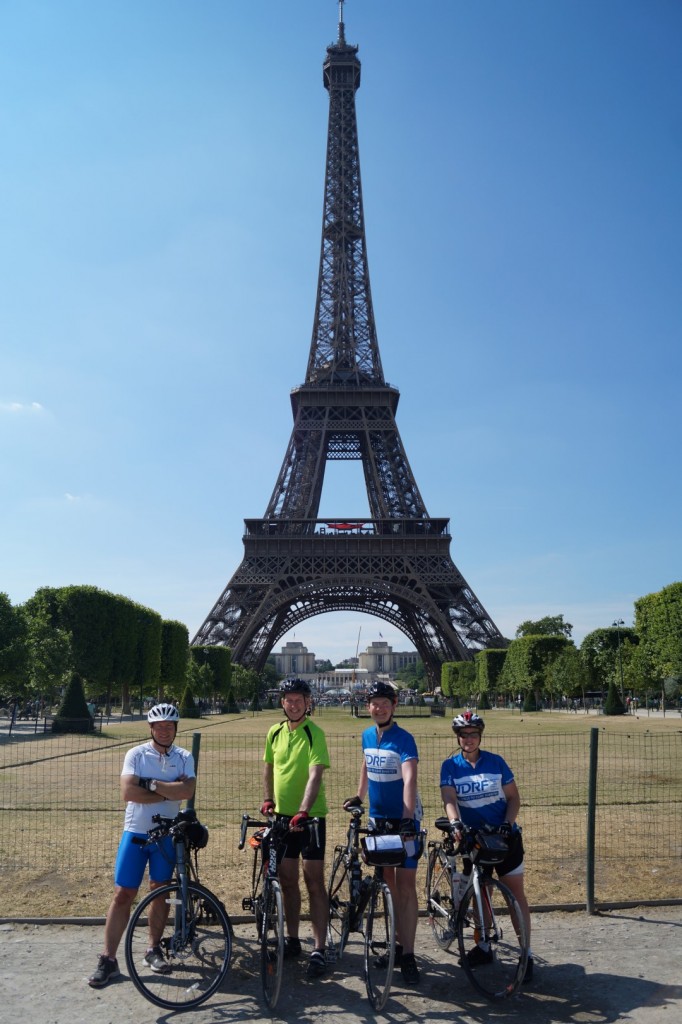

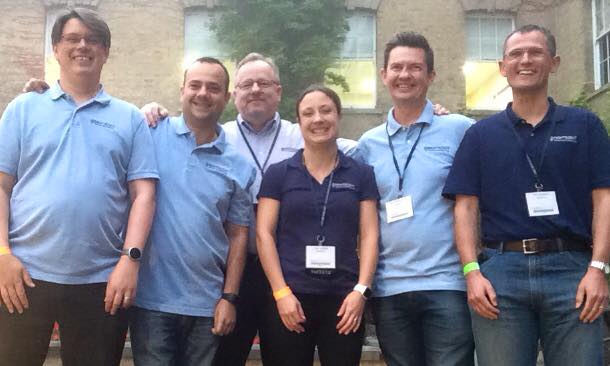 It seems the afternoon session was the only one actually listed in the FFL programme so we had more people, about 30, attending.
It seems the afternoon session was the only one actually listed in the FFL programme so we had more people, about 30, attending.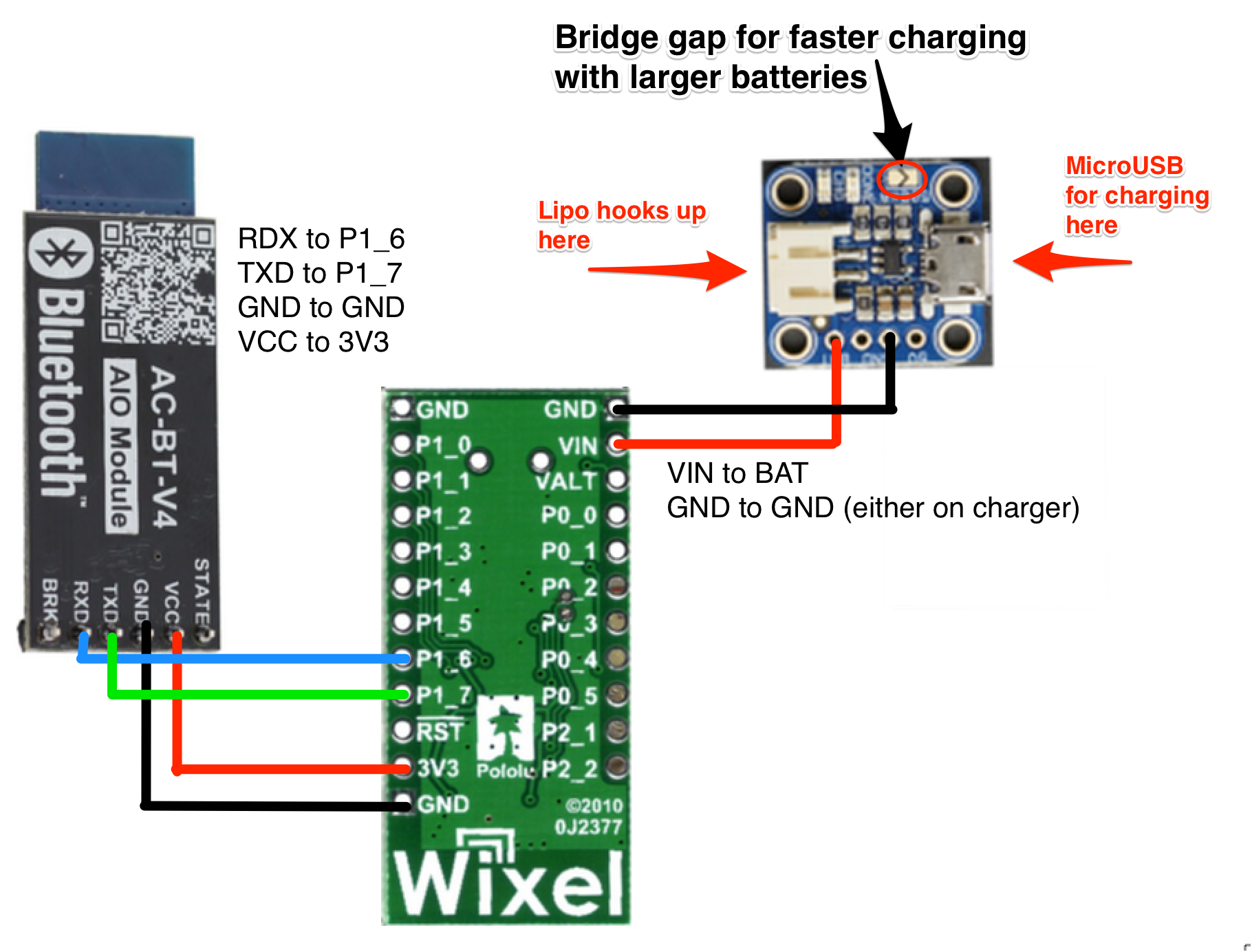
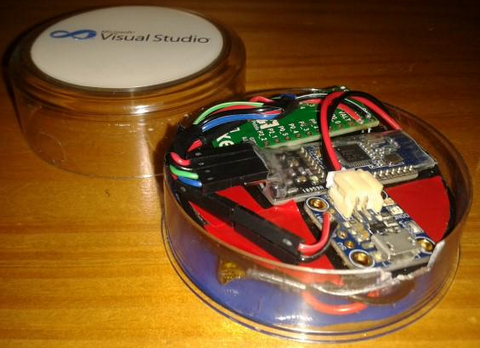

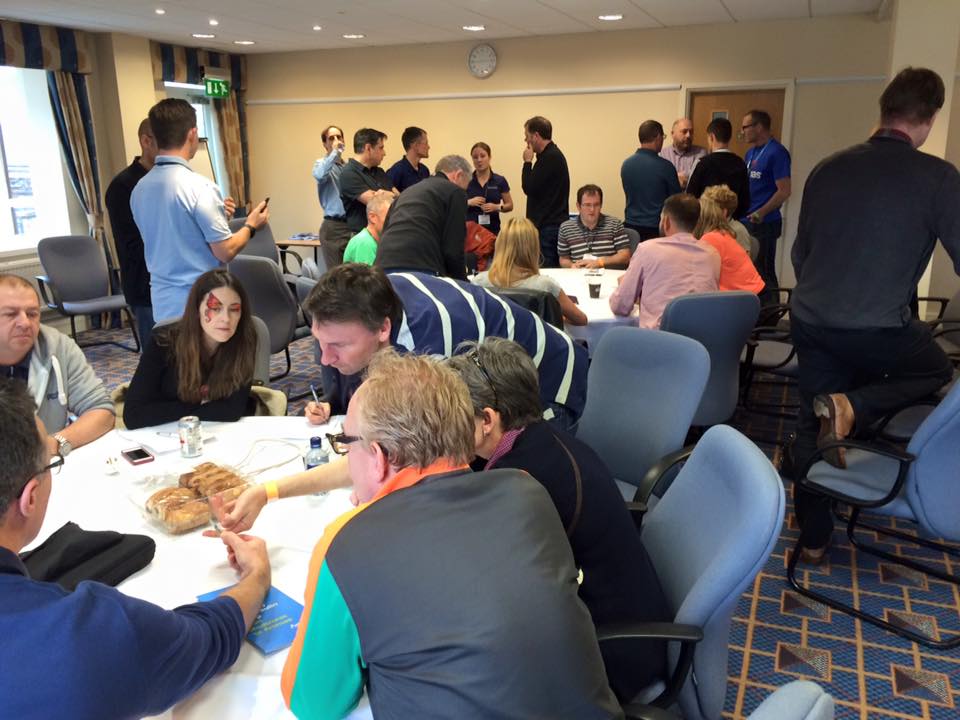
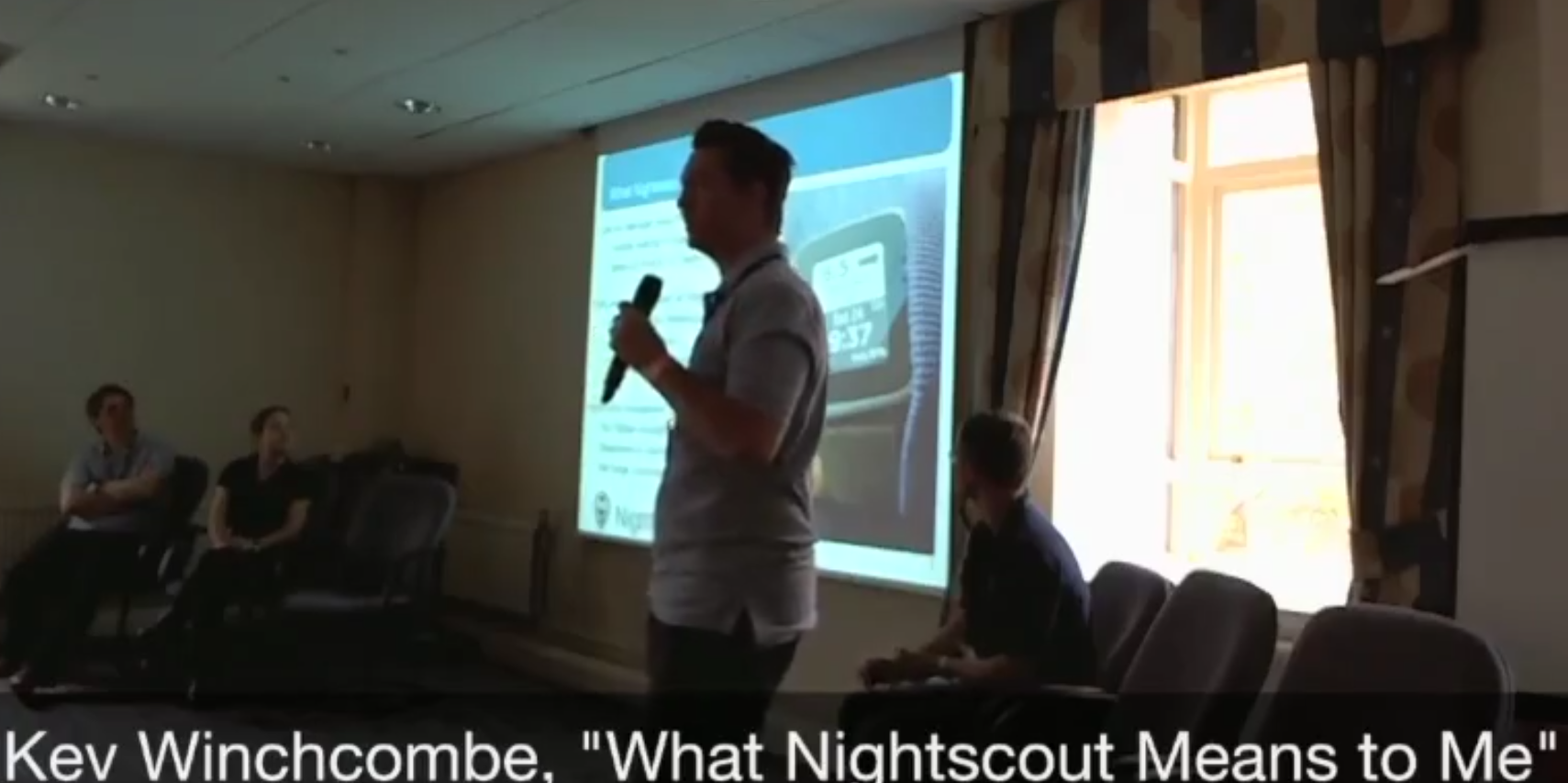
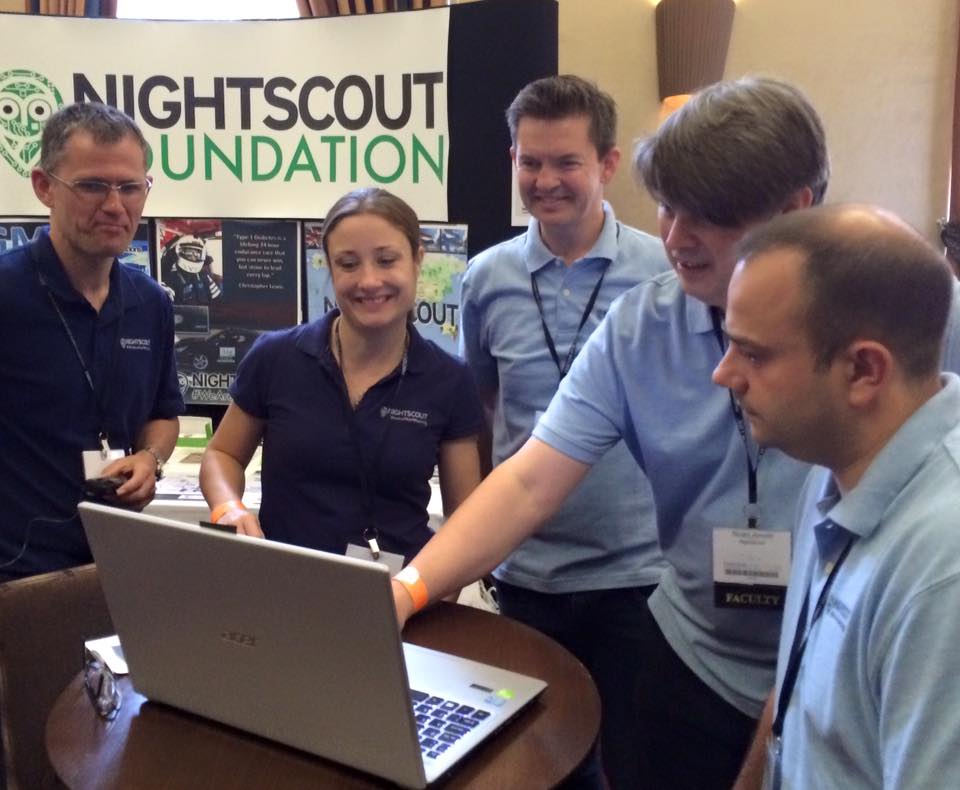
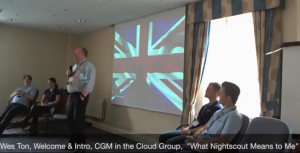
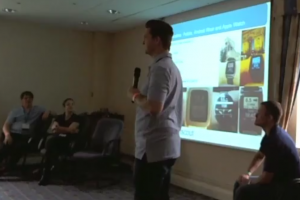

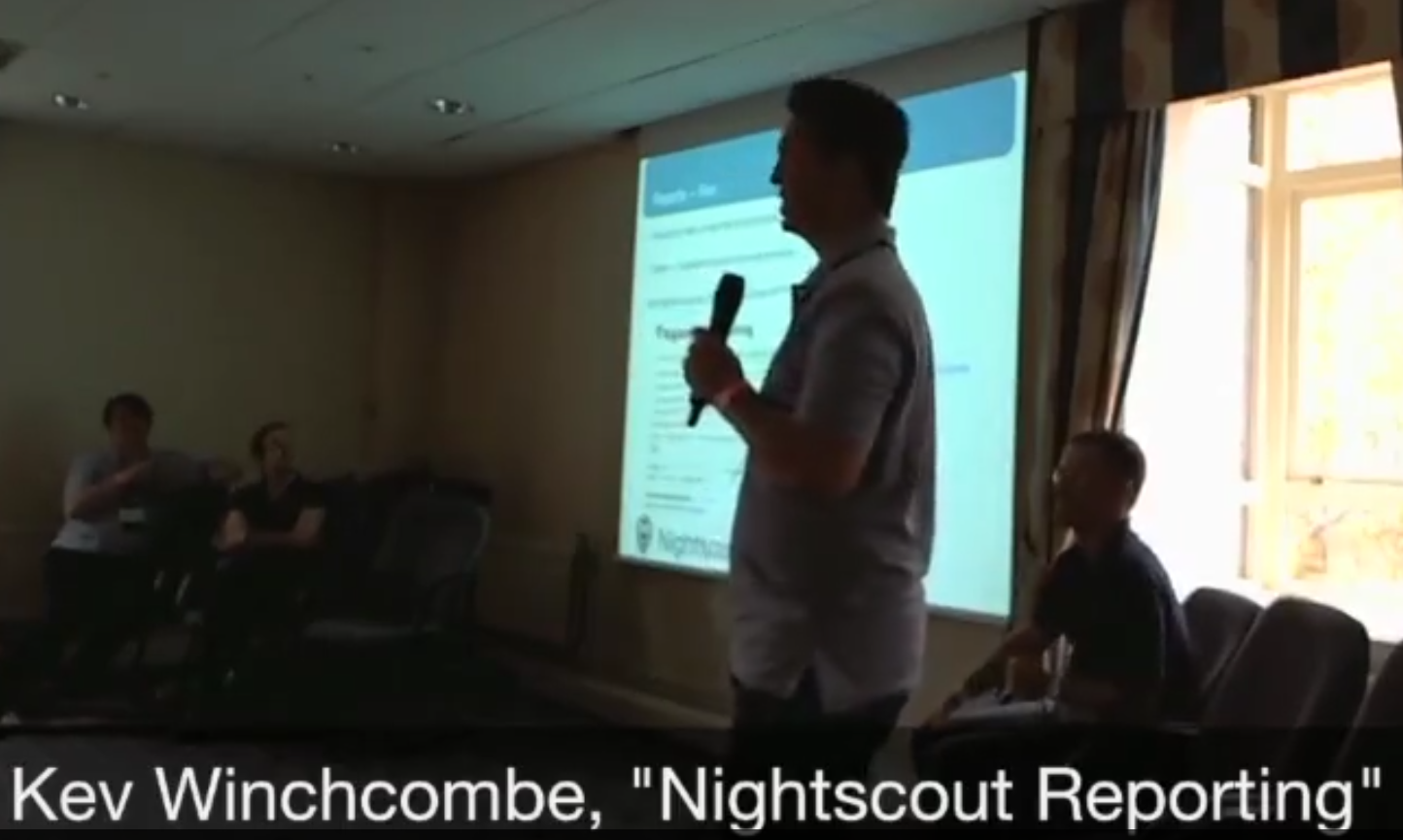
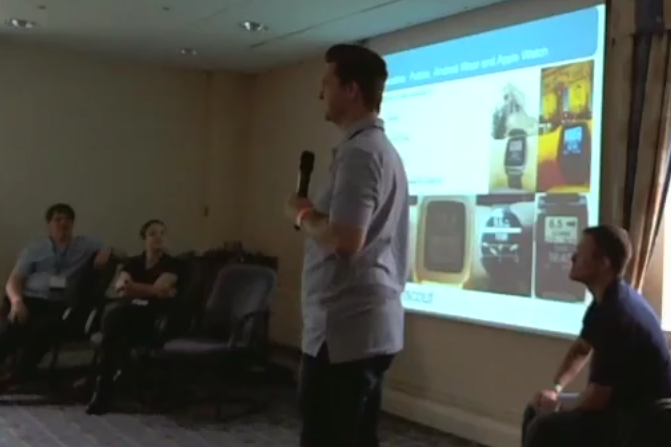
 A couple of weeks ago Jane and I were invited to attend the
A couple of weeks ago Jane and I were invited to attend the 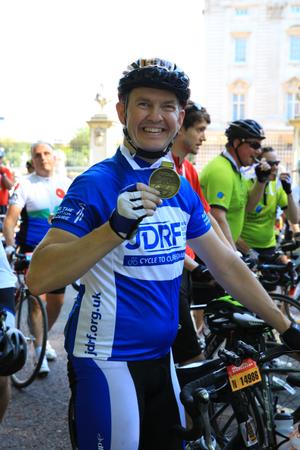
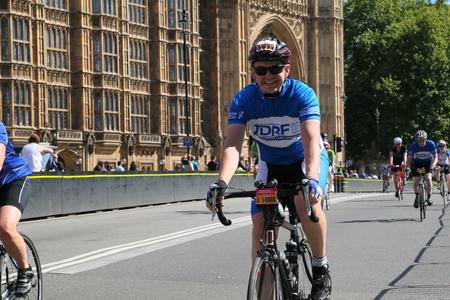
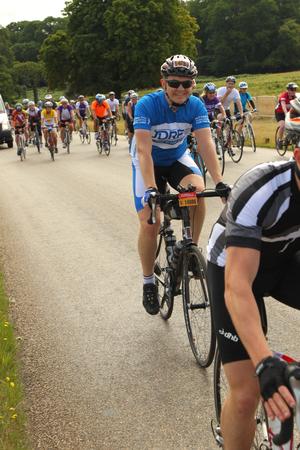
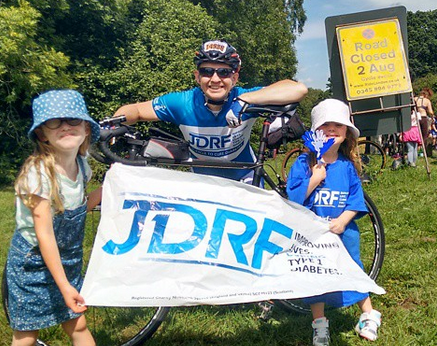



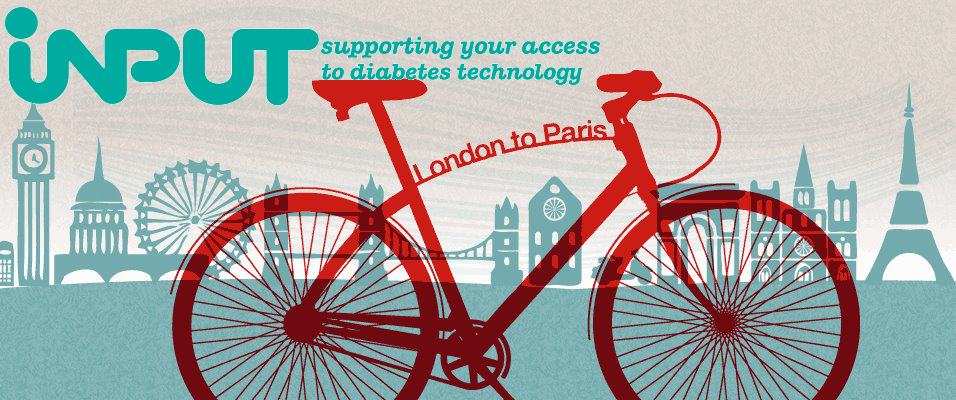 Whilst the
Whilst the 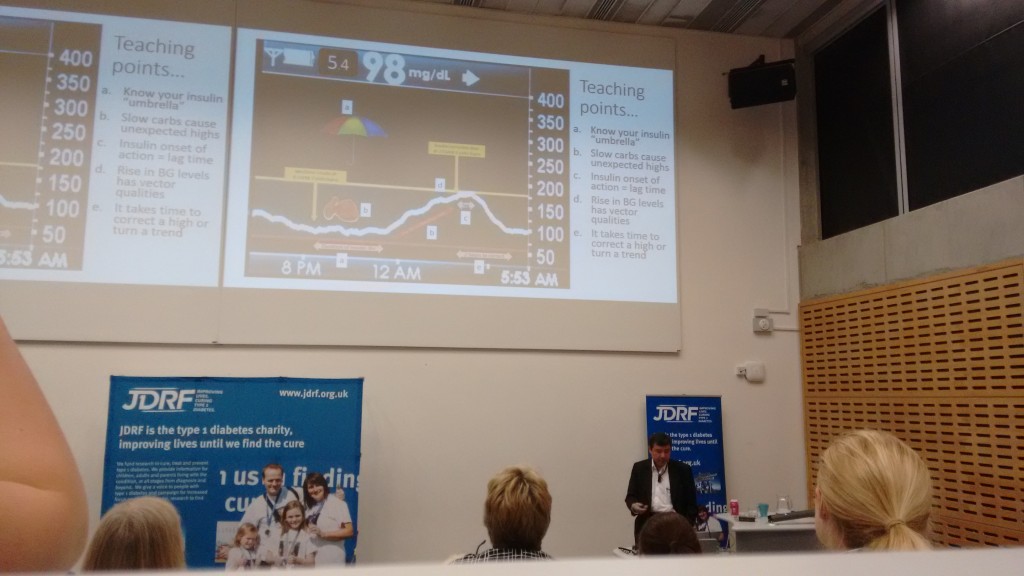
 It’s been an amazing week of privileged invites and questions of ‘why me?’. Firstly, along with Amy I had the opportunity to be part of
It’s been an amazing week of privileged invites and questions of ‘why me?’. Firstly, along with Amy I had the opportunity to be part of 
